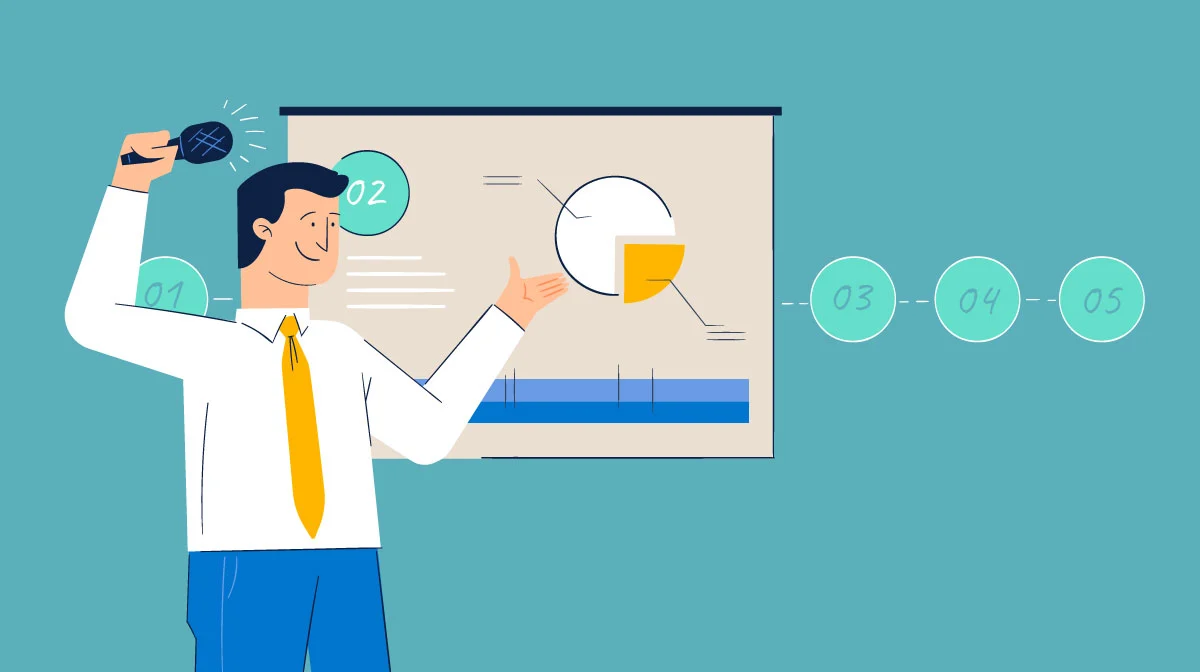Presentations have become an essential tool in both academic and professional settings. Whether delivering a business pitch, leading a classroom lecture, or persuading stakeholders, the success of a presentation depends on its clarity, structure, and delivery. Crafting an engaging presentation requires a blend of thoughtful content design, effective communication, and audience engagement strategies. https://docs.google.com/presentation/__pii_deleted__
This article explores the essential elements of a great presentation, focusing on preparation, design, delivery, and audience interaction.
1. Importance of a Good Presentation
In the digital age, where information overload is common, presentations allow speakers to share ideas in a concise, engaging, and organized manner. A well-delivered presentation can:
- Capture and hold the audience’s attention.
- Influence decision-making through persuasive visuals and storytelling.
- Simplify complex information for clarity and retention.
- Foster discussions and collaboration.
Mastering the art of presentations is crucial not only for public speakers but also for professionals, educators, and students.
2. Planning: The Blueprint for Success
A successful presentation begins with thorough planning. Before jumping into slides, it’s essential to define the purpose and understand the audience.
Setting Objectives
Ask yourself:
- What do I want the audience to learn or feel by the end?
- Am I informing, persuading, or entertaining?
Clear goals ensure that the content stays relevant and focused.
Knowing Your Audience
Tailoring your presentation to the needs and interests of your audience improves engagement. Are they experts or novices? Do they prefer technical data or real-life examples? Understanding their expectations will shape the tone and content of the presentation.
3. Structuring the Presentation
A coherent structure keeps the audience engaged throughout. A simple framework many presenters use is Introduction, Body, and Conclusion.
Introduction
The introduction sets the tone. Start with a hook—an engaging question, a quote, or a startling statistic. This grabs attention right away. Additionally:
- State your objective clearly.
- Provide a brief overview of the key points.
Body
The body contains the core content. Use the rule of three: divide your main ideas into three sections or topics, making them easier to remember. Support each point with data, examples, or anecdotes.
Conclusion
Summarize the key takeaways, reinforcing the message. Finish with a strong closing—either a call to action or an impactful statement that leaves a lasting impression.
4. Designing Visually Engaging Slides
Visual appeal plays a major role in presentations. Poorly designed slides with excessive text or inconsistent layouts can distract and overwhelm the audience. Below are a few design principles to keep in mind:
Simplicity is Key
- Avoid clutter by limiting the number of words per slide.
- Use bullet points instead of paragraphs to improve readability.
Consistent Design
- Stick to a single theme, font style, and color palette throughout the presentation.
- Use slide transitions and animations sparingly to avoid distractions.
Use High-Quality Visuals
- Incorporate relevant images, charts, and infographics to enhance understanding.
- Avoid generic stock photos that don’t add value.
Data Visualization
Present data using charts or graphs instead of dense tables. Ensure that visual elements are easy to interpret and directly support your narrative.
5. Engaging Delivery Techniques
A visually appealing presentation alone won’t capture the audience’s attention—it’s the presenter’s delivery that makes the real difference. Here are some tips for delivering your presentation effectively:
Practice and Rehearse
Practice not only helps you memorize the content but also boosts confidence. It’s a good idea to rehearse in front of a friend or record yourself to identify areas for improvement.
Body Language and Voice Modulation
- Body Language: Use open gestures, make eye contact, and avoid pacing too much.
- Voice Modulation: Vary your tone, pace, and volume to emphasize key points and maintain interest.
Handling Nervousness
Feeling nervous before presenting is natural. To manage anxiety:
- Take deep breaths to calm yourself.
- Focus on communicating your ideas rather than seeking perfection.
- Shift your mindset from performance to conversation.
6. Engaging the Audience
A great presentation is an interactive experience. Encouraging audience participation not only makes the presentation more dynamic but also helps in building a connection with the audience.
Ask Questions
Incorporate questions to keep the audience involved. This can be done at the beginning (to gauge their knowledge) or during transitions (to maintain engagement).
Use Stories and Examples
Storytelling is a powerful way to make your presentation memorable. Real-life examples or case studies help the audience relate to the content and grasp the message better.
Polls and Quizzes
Incorporate interactive elements such as live polls, quizzes, or hands-on activities. This keeps the audience engaged and encourages active learning.
7. Handling Q&A Sessions
The question-and-answer session offers a chance to clarify doubts and engage in meaningful conversations with the audience. Here are some tips for managing Q&A effectively:
- Listen Carefully: Give each question your full attention before responding.
- Stay Calm: If you don’t know the answer, admit it honestly and offer to follow up later.
- Involve the Audience: If appropriate, invite others in the audience to share their thoughts or experiences.
8. Managing Technical Aspects
Technical issues can derail even the best presentations. To avoid glitches:
- Test the equipment and software beforehand.
- Have a backup plan in case of technical failures (e.g., a PDF version of your slides).
- Ensure your presentation file is accessible across devices (e.g., upload it to cloud storage).
9. Following Up After the Presentation
The presentation doesn’t end when the last slide is shown. A thoughtful follow-up can reinforce the message and maintain engagement.
Distribute Materials
Share the presentation slides or related materials with the audience. This gives them a chance to revisit the content and explore it further.
Gather Feedback
Collecting feedback helps you improve your future presentations. Use surveys or simple feedback forms to understand what worked and what didn’t.
Stay Connected
If appropriate, follow up with audience members through email or social media to continue the conversation and build professional relationships.
10. Conclusion
An effective presentation is a blend of clear structure, engaging visuals, and dynamic delivery. With thoughtful preparation, audience interaction, and attention to detail, anyone can master the art of presenting. Whether you’re addressing a small team or a large audience, these strategies will help you communicate with impact and leave a lasting impression.
The key to becoming a great presenter lies in continuous learning and practice. Embrace every presentation opportunity as a chance to grow, learn from feedback, and refine your skills. After all, the ability to present ideas effectively is not just a professional skill—it’s a life skill that opens doors to new opportunities.



